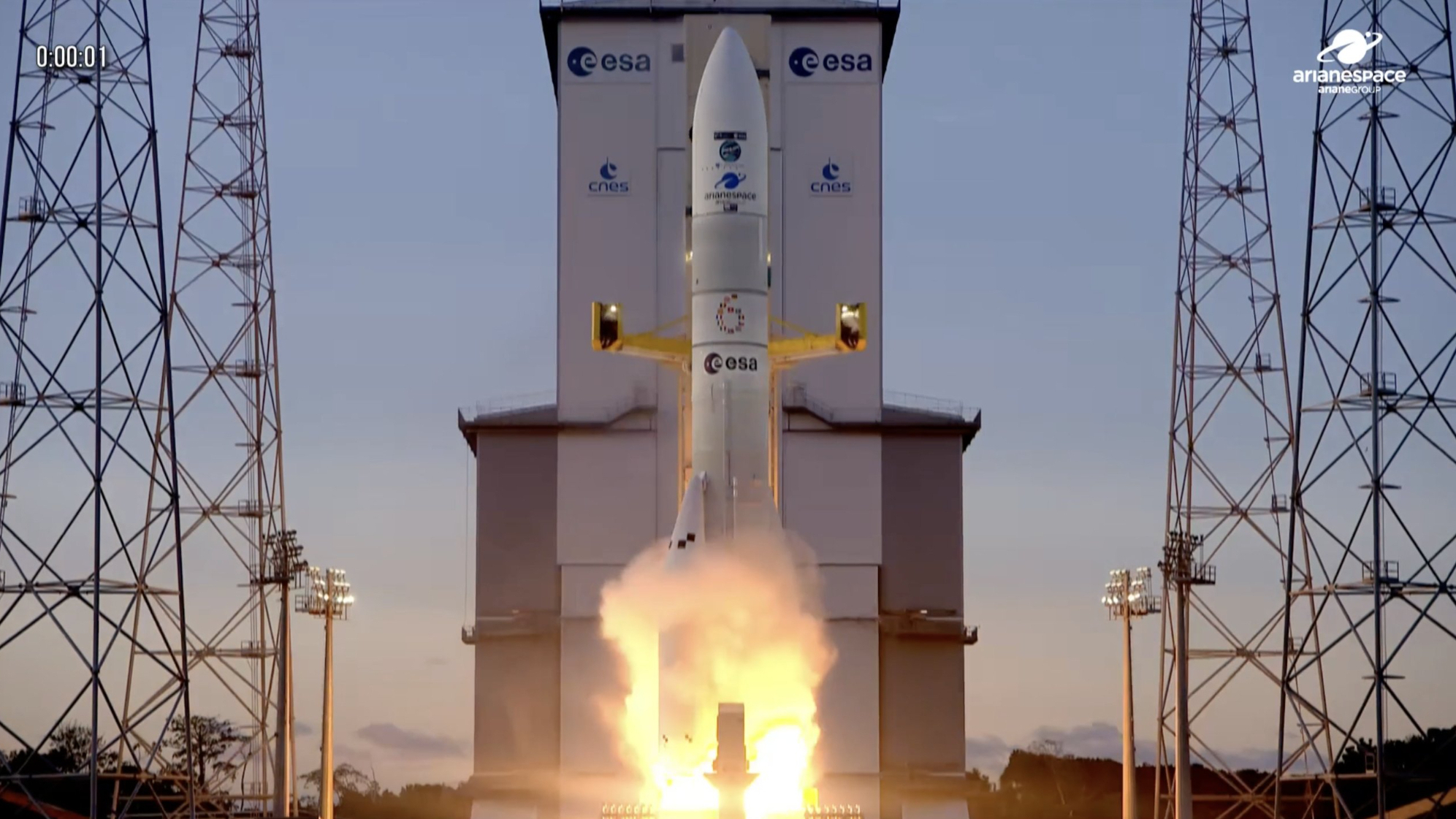Bugs in Space: Can They Survive?

Catching afree ride to Mars takes more than sticking out a thumb, but some hardy Earthbacteria could survive as hitchhikers clinging to the outside of spacecraft,studies have shown.
Now a setof experiments going up with space shuttle Atlantis to the International SpaceStation will test how exposure to the harshness of space might change bacteriaduring a simulatedMars mission.
"Weare interested in understanding what types of damage are induced in cells andtheir DNA by exposure to space, what types of mutations may be induced, and howthese mutations might drive evolutionary adaptation to the extreme selectiveenvironment of Mars," said Wayne Nicholson, a University of FloridaInstitute of Food and Agricultural Sciences astrobiologist working from NASA'sSpace Life Sciences Laboratory at the Kennedy Space Center.
Althoughprevious tests exposed different microbes to the space environment for up tosix years, Nicholson noted that the experiments mostly "tested whether thebugs could survive long-term exposure to space" as opposed to seeing howthe bacteria changed in response to space radiation.
Bacteriathat can survive extreme environments interest researchers for several reasons.Any Earth bacteria that escaped NASA's"clean rooms" and took a trip to Mars might contaminate effortsto find evidence of Martian life. Looking beyond, bacteria that can survivelong space journeys on comets or interplanetary shards also provide evidencesupporting the panspermiatheory that the seeds of life are everywhere and can survive hopscotchtrips from one space object to the next.
The currentshuttle experiment—a collaborative effort between the University of Florida,NASA, the European Space Agency and the German Aerospace Center (DLR) in Cologne—willtake place for more than a year on an external space station platform calledEXPOSE. That platform will be installed outside of ESA's Columbuslaboratory module upon delivery by space shuttle Atlantis flight STS-122.
"Ourimmediate goals right now are to hope for a safe launch and deployment, and towork on our simulations and ground control experiments so that we will becompletely prepared for processing the samples when they return from Earthorbit," Nicholson said.
Breaking space news, the latest updates on rocket launches, skywatching events and more!
- Video: Looking for Life in All the Right Places
- Top 10 Habitable Stars to Guide Search for Life
- SPACE.com Video Interplayer: NASA's STS-122: Columbus Sets Sail for ISS
Jeremy Hsu is science writer based in New York City whose work has appeared in Scientific American, Discovery Magazine, Backchannel, Wired.com and IEEE Spectrum, among others. He joined the Space.com and Live Science teams in 2010 as a Senior Writer and is currently the Editor-in-Chief of Indicate Media. Jeremy studied history and sociology of science at the University of Pennsylvania, and earned a master's degree in journalism from the NYU Science, Health and Environmental Reporting Program. You can find Jeremy's latest project on Twitter.
